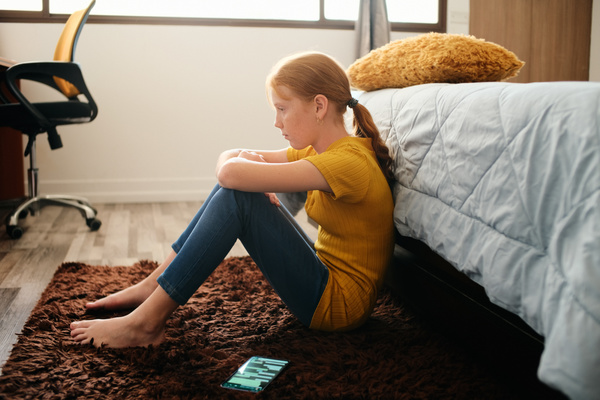Overview: Trolls are people who attempt to provoke some form of negative emotional reaction online. Before interacting online, kids should know how to mute, block, report, and manage interactions with parental control software.
What Is A Troll?
A troll is really just another word for a bully. The main difference between a troll and a cyberbully is a troll is unlikely to know their attempted target. They just swoop in and start antagonizing people.
There are multiple types of trolls. They include:
- Combative and rude people.
- Gamers who deliberately frustrate the efforts of other people to enjoy themselves.
- “Concern trolls,” people who will pretend to care about a serious issue while taking a contrary position and refusing to abandon it.
One thing that all trolls have in common is their goal: to frustrate, anger, or exhaust people for their own amusement.
Kids, in particular, can struggle with trolls, as it can be difficult to understand their motives, and kids are more easily provoked. Even the best-behaved child can be driven into a tantrum by somebody deliberately attempting to hurt their feelings for no obvious reason. Emotional coping tools take time to develop for anyone, and trolls may attempt to take advantage of the relative lack of them among kids.
Unfortunately, trolls are found literally everywhere on the internet. They can be anyone, they can be any age, and the only way to thwart them is to not engage with them.

Blocking Trolls With Software
Fortunately, since no one likes trolls, there are many software-level steps to deal with them.
Start with the operating system. Look for options that limit contact from unknown or anonymous entities or disconnect unnecessary chat tools in software.
Next, look at the apps themselves. Many apps will have options that, for example, only allow a person to message you if you’ve already friended them or will limit chats to only “people you know” or similar language. For social media in particular, this should be paired with an “in real life” policy, where you only follow or engage with people you know personally. For online games, look for private servers or servers with rules designed to limit misbehavior.
Familiarize yourself with the apps’ settings for dealing with trolls. “Mute, block, report” is the only way to deal with a troll who gets through your filters.
Kids should know to check the ratings and appropriate ages of specific apps. Some, such as online games, are essentially a public square with little control over who you meet. You may want to configure your device to limit what spaces kids can go into, depending on your comfort level.
Parental control software can help kids manage frustration and their behavior by limiting time with certain apps and devices and providing another layer of filtering against trolls. The goal of any troll is ultimately to exhaust or frustrate whoever they’re attempting to pick on, so being prompted to walk away can help.
Children should know they can talk over situations with you and bring you in to discuss strategies and emotional management. This can be particularly useful if the troll is someone they know and they don’t understand what’s happening.
Parental control software can help you keep trolls under the bridge where they belong. To learn more, try it for free!


Join the conversation